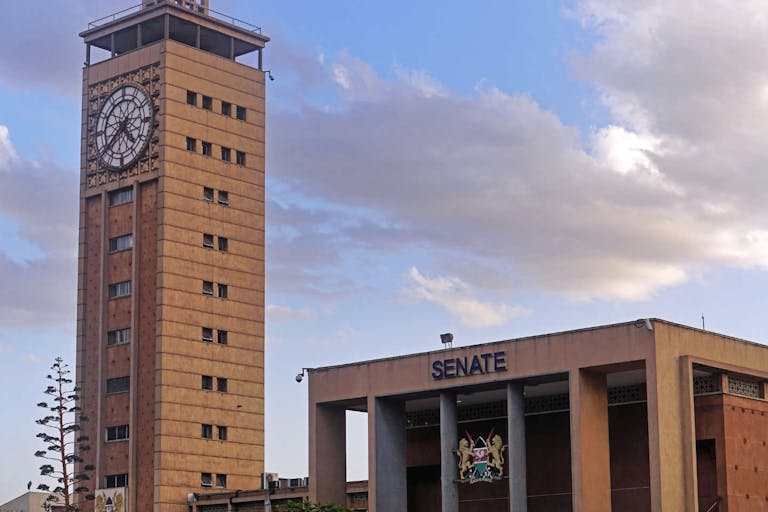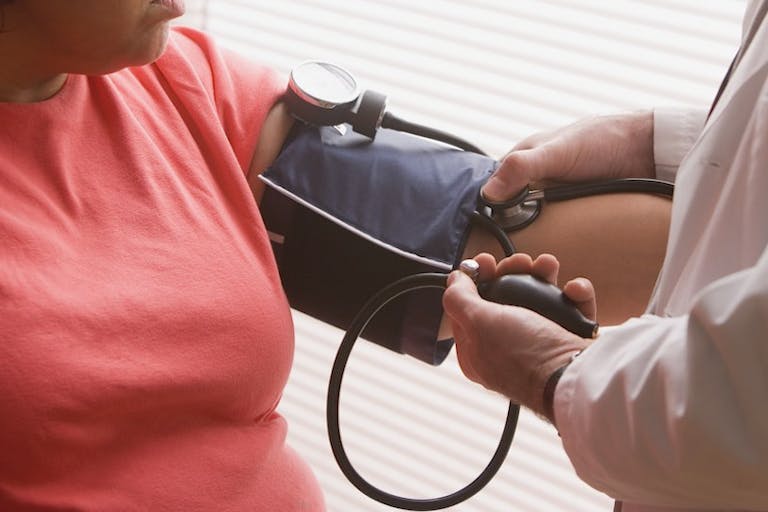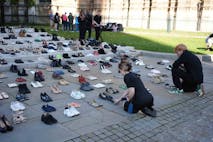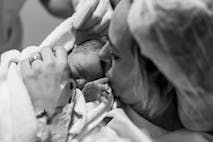
Kenya's Senate awaits public opinion on assisted reproductive technology bill
Angeline Tan
·
Analysis·By Anne Marie Williams, RN, BSN
Activists hail volunteer’s willingness to risk a woman’s life to get her an abortion
A recent talk called “Abortion Rights 2020 and Beyond: Threats and Resistance” hosted by University of California-Berkeley’s Center for Right Wing Studies included a presentation by Carole Joffe, a pro-abortion sociologist and professor at Bixby Center for Global Reproductive Health (Advancing New Standards in Reproductive Health – ANSIRH) at the University of California-San Francisco. In the event, Joffe recounted one story of an abortion facility volunteer named Pat, whose specific task was to assist women in obtaining transportation to and from their abortion appointments. In the process, Pat was willing to risk the life of a woman to make sure she obtained an abortion. Joffe said:
Pat received a call from Keisha, an African American woman of about 30 with two children. By the time she reached out to Pat, Keisha believed she was 20 weeks pregnant, as her history of irregular periods delayed her discovery of the pregnancy. Working with a caseworker at a national organization, Pat was able to arrange funding for Keisha’s procedure and agreed to pick her up and drive her to her appointment and then return to her home afterwards. Since Keisha was scheduled for a two-day procedure and lived over an hour from the clinic, Pat also arranged a hotel room for her.
READ: Facility owner refused to fire abortionists who risked women’s lives
Joffe made clear that she believed Pat’s actions were altruistic, with no mention of the significantly increased rate of morbidity and mortality for women undergoing gruesome second trimester abortions. The risk of death following a second trimester abortion is reportedly 20 times higher than after a first trimester abortion. While second trimester abortions comprise a minority of all abortions — somewhere between 10 and 15%, as stated by one study — they account for roughly 2/3 of all serious abortion complications (Hammond and Chasen, 179). The dramatic rise in complications following second trimester dilation and extraction (D&E) abortions is related to both the need for adequate cervical dilation before the abortion and the cervix’s natural resistance to the abortionist’s interventions to produce that dilation. Simply put, a woman’s body isn’t meant to dilate in the second trimester, and forcing that process to happen, combined with the increased blood flow to the uterus at that gestational age, places her at risk for serious complications like uterine perforation, hemorrhage, and cervical injury impacting her ability to successfully maintain future pregnancies.

Joffe continued in Pat’s words: “After picking her up at home, I signed her into the clinic and made arrangements to pick her up after the first day procedure and check her into the hotel. I was surprised to get a call from her after only about an hour to come pick her up. She was over their weight limit, her blood pressure was too high and the ultrasound at the clinic put her at 23 weeks gestation, so she was turned away.”
All three of the above disqualifiers — weight, uncontrolled/abnormally high blood pressure, and advanced gestational age — made abortion a direct health hazard for Keisha, but Pat was determined to get the woman an abortion. She then worked with an unnamed “national organization” to secure another option. One would expect a national abortion organization to have a protocol or algorithm in place for women’s safety, understanding that committing an abortion despite a woman’s risk factors including an uncontrolled medical condition and advanced gestational age posed a direct threat to Keisha’s health. Instead, the organization assisted in setting up an out-of-state abortion for Keisha “over 500 miles away” in Washington, D.C.
According to Pat, “Over the next week, I worked with the patient and multiple coordinators and caseworkers at the National Organization to make the arrangements to get her an appointment and funding in place for the Washington clinic. The patient had to come up with additional money for the Washington clinic as well.” There is no mention of arrangements with a primary care provider or other healthcare professional to manage Keisha’s high blood pressure in the interim. Pat opted to drive Keisha herself to Washington, D.C., where “Keisha was again turned away, again because of concerns about her high blood pressure, something the second clinic mistakenly had thought it could handle.”
READ: Late-term abortionist Curtis Boyd admits late-term abortions come with major risks
But instead of abandoning the quest for a late-term abortion out of concern for Keisha’s health, Pat drove her four hours further to a New York City abortion business. Once again, Keisha’s poor health is front and center, but once again her “need” for an abortion trumps all common sense. “Her high blood pressure was compounded by other medical problems, but the clinic was able to start the abortion that day with a plan for her to return the next day to finish.” Keisha and Pat then went to a hotel. Keisha experienced a medical emergency overnight, necessitating a 911 call and ambulance transport to the nearest hospital. Keisha was stabilized and discharged from the hospital the following day.
Reflecting back, Pat is quoted as saying, “I truly believed we saved a life that week,” despite the death of Keisha’s baby and despite the medical emergency Keisha experienced during the abortion. Joffe herself commends Pat’s “extraordinary dedication” in going on a “three-day odyssey” with Keisha. Both women’s reactions are bizarre for their obtuseness and ‘clinic shopping’ until they found one willing to abort Keisha’s baby despite the significant and unmanaged risks to her health. This is not a success story. It’s a story of how willing abortion activists are to risk a woman’s health, as long as she successfully ends the life of her child.
“Like” Live Action News on Facebook for more pro-life news and commentary!
Live Action News is pro-life news and commentary from a pro-life perspective.
Contact editor@liveaction.org for questions, corrections, or if you are seeking permission to reprint any Live Action News content.
Guest Articles: To submit a guest article to Live Action News, email editor@liveaction.org with an attached Word document of 800-1000 words. Please also attach any photos relevant to your submission if applicable. If your submission is accepted for publication, you will be notified within three weeks. Guest articles are not compensated (see our Open License Agreement). Thank you for your interest in Live Action News!

Angeline Tan
·
Issues
Cassy Cooke
·
Analysis
Angeline Tan
·
Analysis
Nancy Flanders
·
Analysis
Nancy Flanders
·
Analysis
Cassy Cooke
·
Human Interest
Anne Marie Williams, RN, BSN
·
Issues
Anne Marie Williams, RN, BSN
·
Analysis
Anne Marie Williams, RN, BSN
·
Analysis
Anne Marie Williams, RN, BSN
·
Issues
Anne Marie Williams, RN, BSN
·